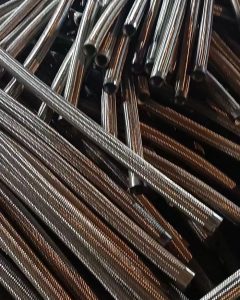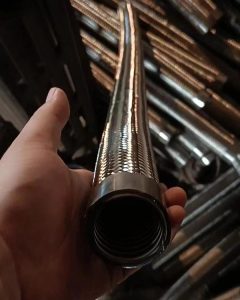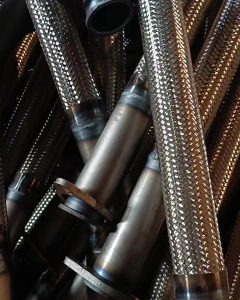


Stainless steel hoses are an essential component of any chemical transfer operation. They offer a range of benefits that make them the ideal choice for handling corrosive and hazardous chemicals. In this article, we will explore some of the advantages of using stainless steel hoses and how they can help streamline your operations.
First and foremost, stainless steel hoses are incredibly durable and resistant to corrosion. This makes them the ideal choice for handling corrosive chemicals that can quickly degrade other types of hoses. Stainless steel hoses can withstand high temperatures, pressures, and harsh chemicals without breaking down or deteriorating. This means that they require less maintenance and replacement, saving you time and money in the long run.
Another advantage of stainless steel hoses is their flexibility. They can bend and move into tight spaces, making them ideal for use in tight areas. This flexibility also means they can be easily integrated into existing chemical delivery systems, reducing the need for costly modifications.
Stainless steel hoses also offer excellent resistance to abrasion and wear. This is particularly important in applications where hoses are exposed to high levels of friction or where they come into contact with abrasive materials. Stainless steel hoses are designed to withstand these conditions, ensuring that they last longer and require less maintenance.
In addition to durability and flexibility, stainless steel hoses are hygienic and easy to clean. They are non-porous, which means they won’t absorb or retain bacteria or other contaminants. This makes them ideal for food and pharmaceutical applications where cleanliness is critical.
In my opinion, stainless steel hoses offer a range of benefits that make them the ideal choice for chemical transfer operations. They are durable, flexible, resistant to corrosion and abrasion, and easy to clean. By using Genleelai stainless steel hoses in your operations, you can streamline your processes, reduce maintenance costs, and ensure that your chemical transfer system is safe and reliable.

